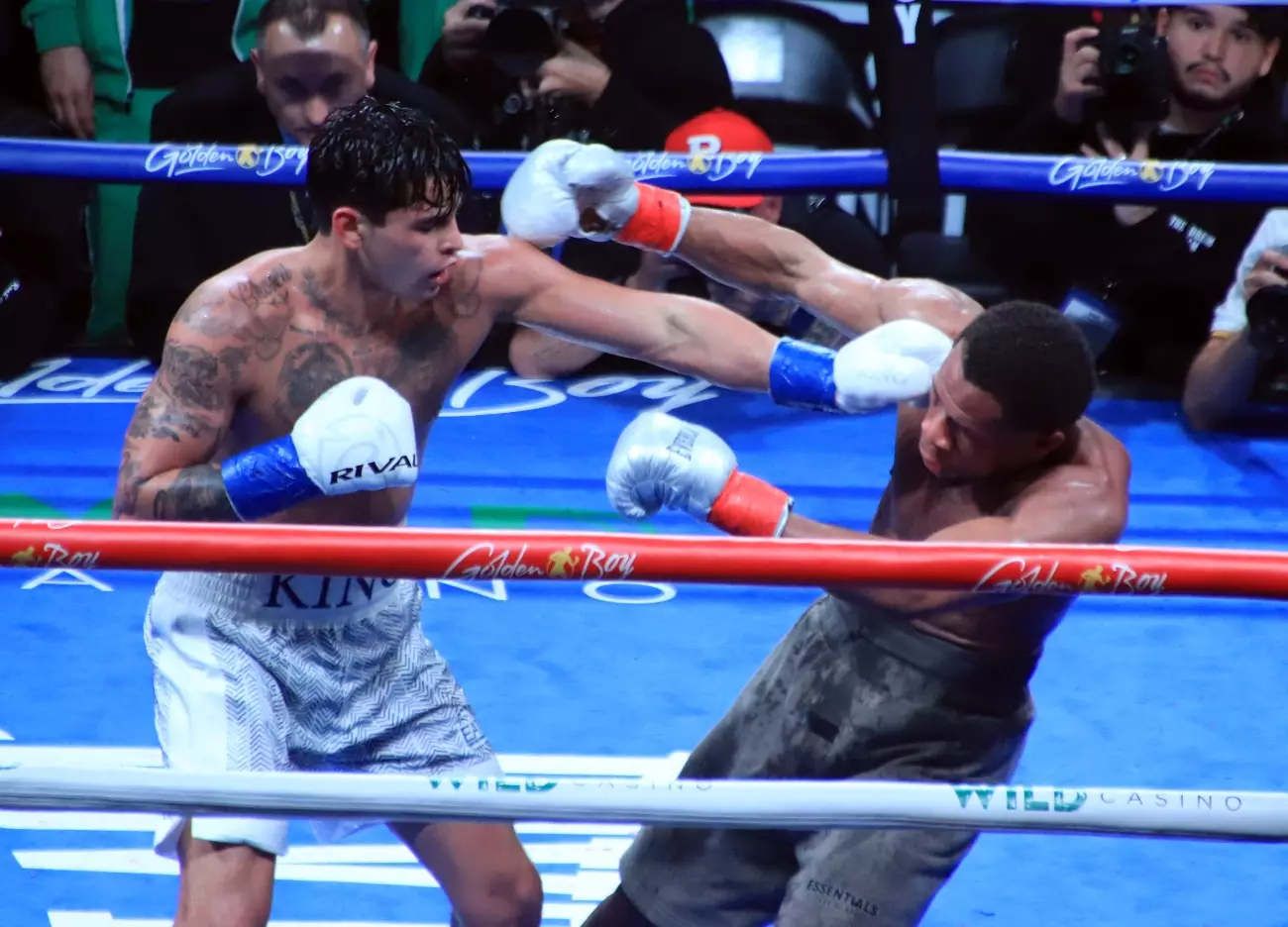Boxing rankings often provoke lively debates among fans and analysts alike. The most revered among these, the Ring Magazine, referred to as “The Bible of Boxing,” has recently released its latest pound-for-pound rankings. But as with any subjective list, the credibility of these rankings may vary significantly depending on who is judging them. The latest top ten encompasses various weight classes, representing a mix of established champions and rising stars. Yet, they underline a critical question: whose authority should we trust in ranking fighters?
As per the recent release from Ring Magazine, the current pound-for-pound rankings are as follows:
1. Oleksandr Usyk – heavyweight
2. Naoya Inoue – super bantamweight
3. Terence Crawford – super welterweight
4. Artur Beterbiev – light heavyweight
5. Dmitry Bivol – light heavyweight
6. Canelo Alvarez – super middleweight
7. Jesse “Bam” Rodriguez – super flyweight
8. Gervonta “Tank” Davis – lightweight
9. Junto Nakatani – bantamweight
10. Devin Haney – super lightweight
This list has generated substantial discussion among boxing enthusiasts and commentators, primarily concerning the legitimacy of the rankings themselves.
The consensus appears to favor Oleksandr Usyk occupying the top spot due to his remarkable skills and accomplishments in the heavyweight division. His technical proficiency and adaptability in the ring have made him a dominant force, earning the respect of many within the sport. However, the rankings reveal a noticeable contention between Usyk, Terence Crawford, and Naoya Inoue. Fans debate the merits of each fighter’s achievements, leading to division among opinions on who genuinely deserves to be crowned the best.
Interestingly, the treatment of Devin Haney also sparks conversation. His ranking remains contentious primarily because of the circumstances surrounding his recent bout with Ryan Garcia. The bout was declared a no-contest following Garcia’s drug test failure, leaving many to question whether Haney’s position among the elite is justified. It raises an important point about how recent performance and context are factored into such rankings.
One reality of boxing rankings is that they almost always elicit a mix of agreement and dissent. Every fan has their biases, shaped by personal preferences, regional pride, or admiration for a fighter’s style. This diversity of opinion ensures that no top ten can ever fully satisfy all audiences. As such, ranking lists serve more as conversation starters rather than definitive declarations of superiority. This creates a nourishing environment for debates about fighters’ skills, performances, and potential future matchups.
Ultimately, the Ring Magazine’s latest pound-for-pound rankings provide an enlightening view into the boxing landscape, yet they also highlight the subjective nature of such lists. With a new generation of fighters emerging and others striving for redemption, the landscape constantly shifts. The question remains: how do we reconcile trust in these rankings when the criteria for evaluation can vary so greatly? Boxing fans will continue to ask this question as they analyze the rankings, dissecting each fighter’s credentials while prefacing every opinion with the understanding that boxing is, above all, an art shaped by opinion.

